Bran Castle called Dracula Castle, in the land of Dracula …
Dracula, prince of darkness, lord of the living dead, the mythical character was born in 1897 from the fertile imagination of Bram Stoker. But behind the literary Dracula breathes a no less formidable historical figure, which inspired the writer of Irish origin: Vladislav III called Vlad Tepes, voivode (prince) of Wallachia.
Son of Vlad the Devil, as he was called, Vlad Tepes is best known for his authoritarian politics and for founding Bucharest. Nicknamed by his enemies « Vlad the Impaler » because of his cruel method of punishing them by impaling them, Vlad was respected by his people. It was his torture methods that made the Romanian prince a bloodthirsty hero. So it was extremely easy to make her a terrible vampire …
Bran Castle was forever linked to this story. Inside, the real history of the place, that of the novel and that of the real Dracula are clearly traced with inscriptions in English.
He was inspired by the legends of vampires and other variants of the living dead, very steeped in the customs of the region. And he used the identity of a true local hero: Vlad the Impaler, also called Vlad III Dracula, a nobleman famous for having repelled the Ottoman invader in a particularly bloodthirsty manner.
Vlad never lived in Bran Castle. But in his novel, Stoker imagines that he hid there for hundreds of years after his death, once he became a vampire.
It’s easy to see why this is where Irish author Bram Stoker located the action of his cult novel Dracula, which was the best-selling book in the world for a long time. Stoker had never set foot in Romania, but he did a lot of research to find a castle suitable for his main character at the turn of the 20th century.
Bran Castle, one of the most imposing historic monuments in Romania, is located at the entrance to the Bran-Rucăr Pass in the Carpathian Mountains. It is located some 30 km from the city of Braşov, which was the first capital of the ancient Wallachia, territory of Prince Vlad Tepeş, nicknamed Dracula. Built on a rock, the castle currently houses a museum which extends over four floors open to the public.
What is myth, legend or true history? Why are we so fascinated by this creature?
Vlad, as he is often called, lived in the convulsed world of the 15th century Balkans. Together with Moldova and Transylvania, Wallachia formed Romania, where the Catholic sovereigns of Hungary opposed the Turks, who spread their cloak over the region. Both put pressure on the voivodes to line up with them, which was not difficult: as the legitimate sons and the natural sons of princes could all claim the throne, it was always possible to attract or coerce a suitor.
In Wallachia at the beginning of the 15th century reigns chaos: the voivode in place confronts his brother for power, while the Ottomans launch their armies on the region, which is part of the Hungarian kingdom. Vlad II, son of a powerful voivode, hoped to occupy the throne when he was vacant, but his half-brother Alexander Aldea won. In 1431 Vlad II was admitted to the order of the Dragon, founded by Sigismund of Luxembourg, then king of Hungary. The order includes 24 noblemen of very high rank, whose vocation is to stop the Ottoman expansion in Europe, to fight against heresy and to defend the imperial family.
From then on, Vlad received the nickname Dracul, the « dragon »; his son, born the same year, will be known as that of Vlad (or Dracula), the « son of the Dragon ». Sigismund of Luxembourg entrusts the defense of the border in Transylvania to Vlad II, who spends the next five years fighting and intriguing against Alexander – including with the collaboration of the Ottomans – to seize power. However, he had to wait for the natural death of his half-brother in 1436 to ascend the throne.
Once in power, Vlad Dracul changes sides whenever he sees fit. This policy encouraged Jean Hunyadi, regent of Hungary, to invade Wallachia in 1442-1443, in order to install more reliable voivodes on the throne. The following year, Sultan Murad II ambushed Vlad Dracul and forced him to leave his two youngest sons hostage, Vlad and Radu the Beautiful. In exchange, he provided him with troops to regain power in Wallachia.
For three years Dracula stayed at the Ottoman court. He was well treated there by the sultan and his son Mehmed, the future conqueror of Constantinople, which did not prevent him from holding their grudge. Meanwhile, his father does not hesitate to change sides again, even if he does so by endangering the lives of his sons. But, in 1447, the boyars (the Wallachian nobles) rose up against Vlad Dracul and killed him, as well as his eldest son, Mircea, whom they buried alive after having punctured his eyes. Jean Hunyadi, who fomented the assassination, gives the throne to a noble Wallachol by the name of Vladislav.
It is at this point in history that the young 16-year-old Dracula reappears. In 1448, with Ottoman help, he expelled the new Wallachian voivode, but the Hungarians put it back on the throne a few months later. However, Vladislav wasted no time in making a mistake: he sided with the Turks, who conquered Constantinople in 1453, and angered the Hungarians. Dracula seized the opportunity: in 1456, he defeated Vladislav in single combat.
To consolidate his power, Vlad alias Dracula appoints men from the people, and even foreigners, to all public offices. It is not a reform policy whose aim is to emancipate the lower classes; the prince only seeks to reinforce the royal power by placing civil servants who depend entirely on the arbitrary will of the voivode, who can appoint them, dismiss them and even execute them at will. To replace the boyars, Vlad Tepes, is gradually creating new elites: the armas, administrators of justice; the viteji, a military elite made up of small landowners who stood out on the battlefield; the sluji, serving as both a political police and a personal guard. At the same time, he favored peasants and artisans by exempting them from sending tributes and sons to the Ottoman Empire.
An anecdote reveals the cruelty of Vlad called Tepes to the Dracula with regard to the boyars. In 1459, for Easter, he invited 200 of them, with their families, to a big meal. Women and the elderly are executed, the rest are enslaved to provide labor for the construction of a castle near the river, during which many will die of exhaustion.
The sinister reputation that will make Vlad III Dracula terror in the Balkans stems from the brutality with which he treats minorities. To get rid of vagrants and beggars, he invites them to a banquet, closes the doors and burns them alive. Gypsies are either exterminated or forcibly recruited into the army. The German population, mostly Saxon, is also subjected to numerous bullying. It is concentrated in cities which enjoy autonomous governments and important commercial and fiscal privileges.
It also imposes its authority on the Catholic clergy, even if it means chastising its members – which does not bother most Romanians, whose Orthodox faith is persecuted in Transylvania by the Hungarians and the Catholic Saxons. This draws the attention of Pope Pius II. A report, written for him in 1462, says that Vlad murdered more than 40,000 people. Other rebel cities like Sibiu, Bârsei, and also suffered bloody reprisals until their submission in 1460.
Beyond his personal cruelty, the way of acting of Vlad responds to a global policy whose aim was to subjugate a privileged minority of foreign origin. Regarding his foreign policy, Vlad is clearly distinguished from his father and other leaders of his time. Indeed, once in power, he never gave up his opposition to the Turks, whatever the course of events. To this end, it received the support of Mathias Corvin, son of Jean Hunyadi and king of Hungary.
On the contrary, his half-brother Radu le Beau converted to Islam and, according to the Byzantine chronicles, was even the lover of Sultan Mehmed II. Vlad’s campaigns against the Turks have been extraordinarily brutal. In 1459, Mehmed II sent an embassy to claim a tribute from 10,000 ducats and 300 boys. In response, the Impaler had the ambassadors’ turbans nailed to their heads, claiming that they had disrespected him by not revealing himself to greet him. In 1461, the Turks offered him peace negotiations, but their real intention was to ambush him. Vlad responds with an incursion which devastates Turkish territories south of the Danube.
In 1462, he wrote to Mathias Corvin explaining that he had cut 24,000 heads, not counting the inhabitants who died in the fire of the houses. To demonstrate the truth of his claims, he had whole bags of cut nose and ears worn. In reality, as the Impaler himself recognized, most of the victims were ordinary peasants: Serbian and Bulgarian Christians subjected to the Turks. Thousands Impaled on the Road In the spring of 1462, Mehmed II assembled an army of 90,000 men and advanced on Wallachia. Vlad has 30,000 men. He chose to harass the Turks with nightly attacks, a skirmish war using scorched earth tactics. Profiting from the fact that he learned the Turkish language when he was hostage to Murad II, Vlad infiltrates himself into the Ottoman camps.
He also used terror: he had 23,000 prisoners and their families impaled on the enemy’s route. The horrified sultan doubtless wondered whether the perpetrator of these atrocities was really the Vlad with whom he had played as a child. However, the final victory of the Turks did not come from their army, but from the defection of the Wallachian boyars to whom Radu, the half-brother of the Impaler, had promised to return their privileges. Radu has also managed to attract other minorities, and even a part of the Romanian population, tired of Vlad’s bloodthirsty methods. He opposed fierce resistance to the Turks and the nobles gathered around Radu. But, without money, he ends up being cornered.
In addition, Mathias Corvin wanted a truce with the Sultan: on November 26, 1462, the King of Hungary took Vlad prisoner while the Romanian negotiated with him to obtain money and troops. Vlad remains locked up for a short time, because his influential cousin Stephen III of Moldova intercedes in his favor. Mathias Corvin eventually married him to his cousin Ilona Szilágyi around 1466, but he kept him for 12 years with him. Meanwhile, intrigue and betrayal continues in Wallachia. Stephen from Moldova expels Radu from this territory, but he does not return his throne to his cousin Vlad: he installs in power a new voivode, Basarab. Ungrateful to his protector, he immediately negotiated with the Turks to free himself from Moldovan vassalage. The fact remains that when Radu died of syphilis in 1475, Mathias Corvin freed the Impaler so that he could recover Wallachia for the benefit of Hungary.
In November 1476, Vlad succeeds in driving out Basarab power, which returns shortly after with the support of Ottoman troops. It was while facing the Turks that the Impaler died in December 1476. His head was sent to Constantinople to be exhibited and to dispel the terror that inspired his name.
« At the heart of history », the best known to the general public remains Count Dracula, popularized by the author Bram Stoker in 1897, easy to understand why it is here that the Irish author located the action of his cult novel Dracula, which was for a long time the best-selling book in the world. Stoker had never set foot in Romania, but he did a lot of research to find a castle suitable for his main character at the turn of the 20th century.
The Wallachian voivode (count), Vlad Ţepeş, has been associated with Dracula, although historical evidence does not confirm that he spent a long time at Bran Castle. And yet, the site is promoted through the myth of the vampire who feeds on the blood of his enemies.
At the end of the 16th century, the castle was placed under the authority of the Sicules (Magyar-speaking population of Transylvania), then attached to Transylvania under the reign of Iancu de Hunedoara. Its links of the fortress with Vlad Ţepeş date from the same time, when the prince of Wallachia is charged with defending the pass giving access to Transylvania.
« At the heart of history », the best known to the general public remains Count Dracula, popularized by the author Bram Stoker in 1897, easy to understand why it is here that the Irish author located the action of his cult novel Dracula, which was for a long time the best-selling book in the world. Stoker had never set foot in Romania, but he did a lot of research to find a castle suitable for his main character at the turn of the 20th century.
The Wallachian voivode (count), Vlad Ţepeş, has been associated with Dracula, although historical evidence does not confirm that he spent a long time at Bran Castle. And yet, the site is promoted through the myth of the vampire who feeds on the blood of his enemies.
At the end of the 16th century, the castle was placed under the authority of the Sicules (Magyar-speaking population of Transylvania), then attached to Transylvania under the reign of Iancu de Hunedoara. Its links of the fortress with Vlad Ţepeş date from the same time, when the prince of Wallachia is charged with defending the pass giving access to Transylvania.
On December 1, 1920, the city council of Braşov donated the castle to Queen Marie of Romania, in gratitude for her contribution to the union of the Romanian principalities in
1918. The castle was restored between 1920 and 1927, under the direction of the court architect, Karel Liman. In Queen Mary’s time, Bran Castle enjoyed its heyday: it was one of Her Majesty’s favorite residences. It is even said that the heart of Queen Marie was buried for some time in Bran before being deposited in her residence in Baltchik, Bulgaria.
The daughter of Queen Marie, Princess Ileana, inherited the castle in 1938. But, in 1948, the royal family was expelled from the country by the communist regime.
Bran Castle became the property of the Romanian state, which transformed it into a museum of history and feudal art. The state of disrepair of the castle led to its closure in 1987. It was only reopened to the public in 1993, after restoration.
In 2006, the castle was owned by the heir to the princess
Ileana, is one of the daughters of King Ferdinand I of Romania and of Mary of Edinburgh, the Bran castle is returned to Dominique de Habsbourg, archduke of Austria, prince of Hungary and Bohemia, prince of Tuscany.
Bran Castle is one of the main tourist sites in the country and attracts hundreds of thousands of tourists each year.
But there is no doubt that foreign tourists come to visit Bran Castle mainly because of the legend of Dracula.
The Count Dracula Myth comes from the novel by Irish writer Bram Stoker, published in the United Kingdom in 1897. The characters were born from the author’s imagination, but most of the narrative is based on popular beliefs on the forces of evil, such as vampires or ghosts.
Almost half a million visitors go there each year. The effect is so striking that thrill seekers will take great care not to spoil it by foolishly arriving at Bran by day. Here, it is at night that the traveler can fully soak up the atmosphere. Yes, at the risk of repeating itself: wolves really howl at the moon, in the mountains. On Halloween, places become scarce for those who want to attend the colorful party organized on the site of the castle.
On four floors, through sixty rooms, visitors can explore the impressive construction at their own pace. The creaking of solid wood floors, old armor and chandeliers captivate the visitor. So much so that some will be unable not to look over their shoulder, at the bend of one of the cold stone stairs, just to make sure that no vampire follows in their footsteps.
One of the highlights of the visit is the secret passageways hidden in the walls, which allow discreet passage from one room or from one floor to another. In the novel, Dracula used them to sneak into his guests and suck their blood. The tour guides who show the places around today say that everything was done « cleanly » and « politely » while the victims slept. Nothing to do with American films where blood spurts everywhere.
A torture chamber is accessible to tourists for a small fee, but only the most hardened bloody horror enthusiasts will find their account. The relics are impressive and very well preserved. But the abundance of instruments imagined by twisted minds and the illustrations of the barbaric techniques used to inflict suffering in the Middle Ages risk seriously disturbing more sensitive hearts. Fans of the genre still seem to come out of it thrilled.
From the top of the castle, the view of the landscape is breathtaking: on the snowy peaks of the Carpathians all around, on the peasants who are active in the fields, on the charming traditional country houses. Ideal to take a look at the geography of the place and plan a forest expedition, an afternoon of skiing or a bike excursion to the nearby villages.
As you leave the castle, you just have to stroll around the many souvenir shops and small bistros that try to enjoy the vampire fashion as well. A small museum about the life of the villagers of yesteryear is also worth a visit.
The surrounding countryside has retained much of its rustic charm and is surprisingly spared by the massive development. For now. The Federation of Tourism and Service Employers of Romania is planning major investments in the area. The aim is to attract a wider clientele than vampire fanatics.
« Transylvania can finally become an internationally renowned tourist destination with huge benefits not only for the tourism of the region, but for our economy in general. The « Dracula » brand has been around for a long time, we just have to use it and wrap it properly to sell it in a modern way, » says a recent statement from the organization.
Share this content:


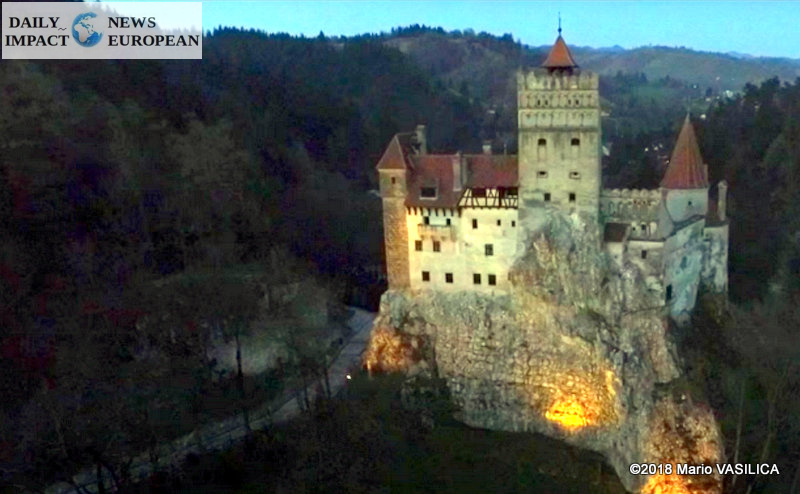
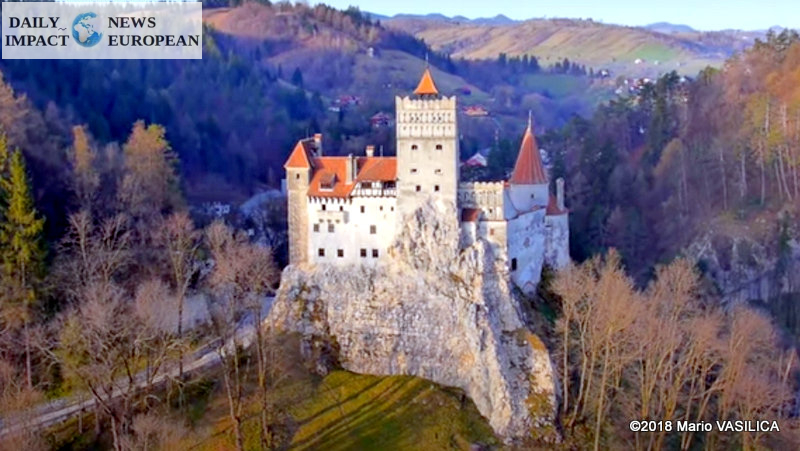
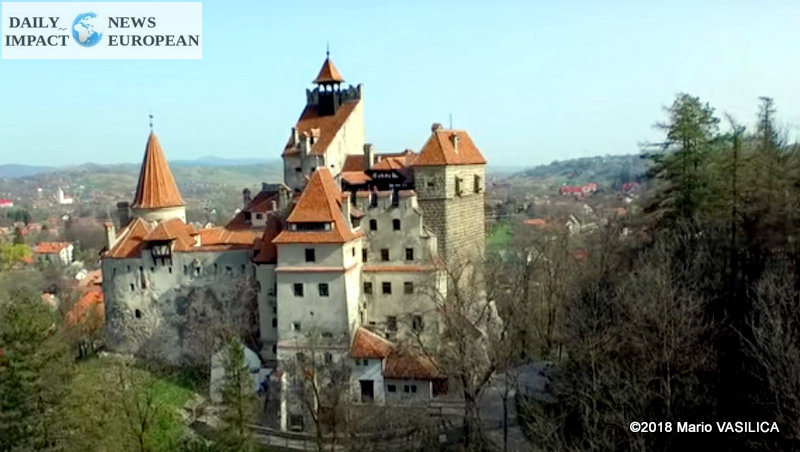
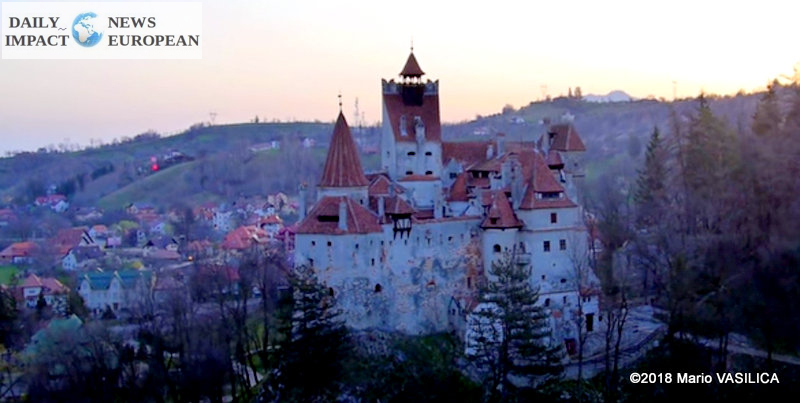
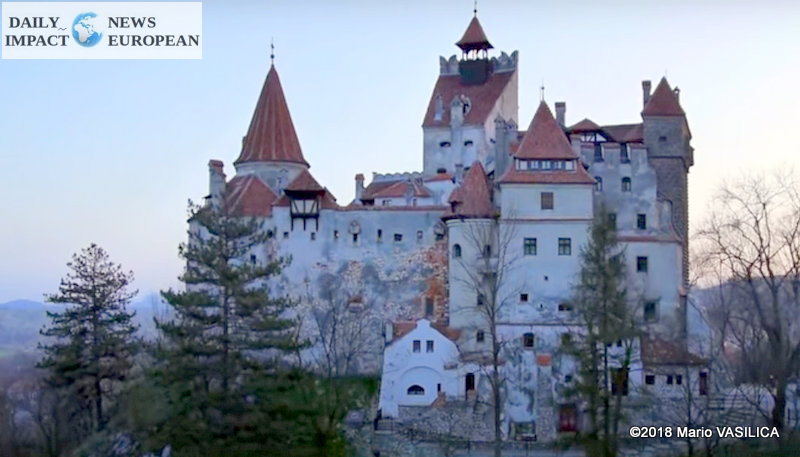
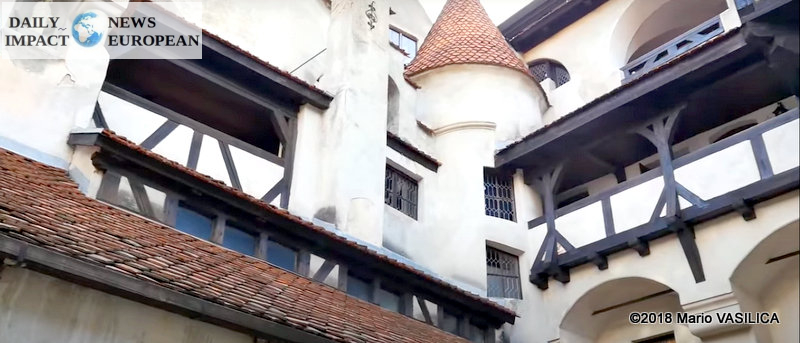
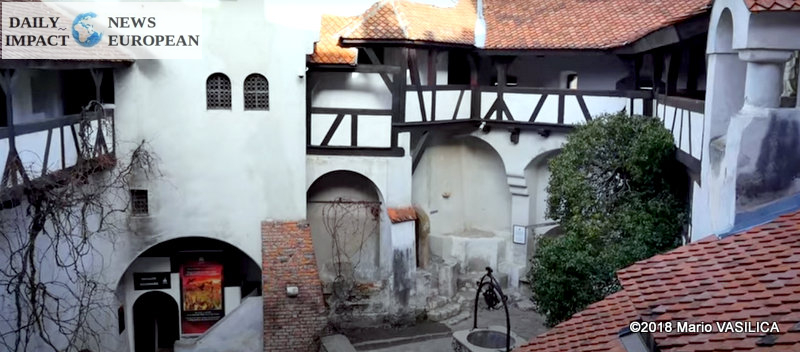
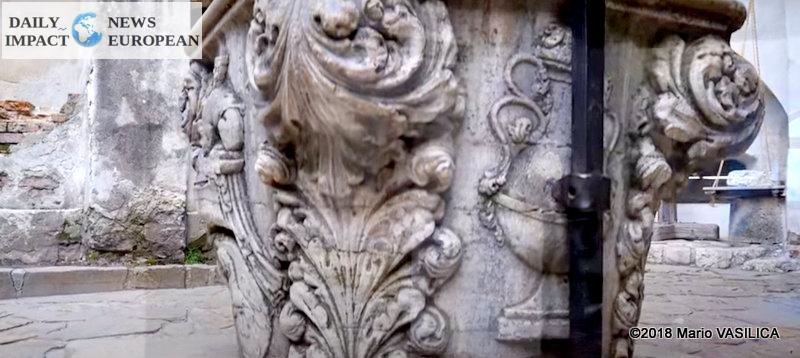


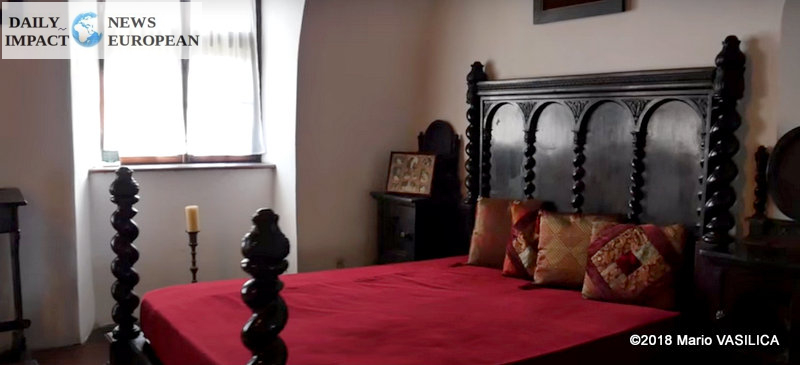

Plus d'histoires
Eternal Tribute to CitéStars’ Stars
The 7th Golden Stars of CitéStars: A Constellation of Humanity and Solidarity in Paris!
Council of Ministers: Judicial Reforms, Access to Healthcare and Strategic Appointments